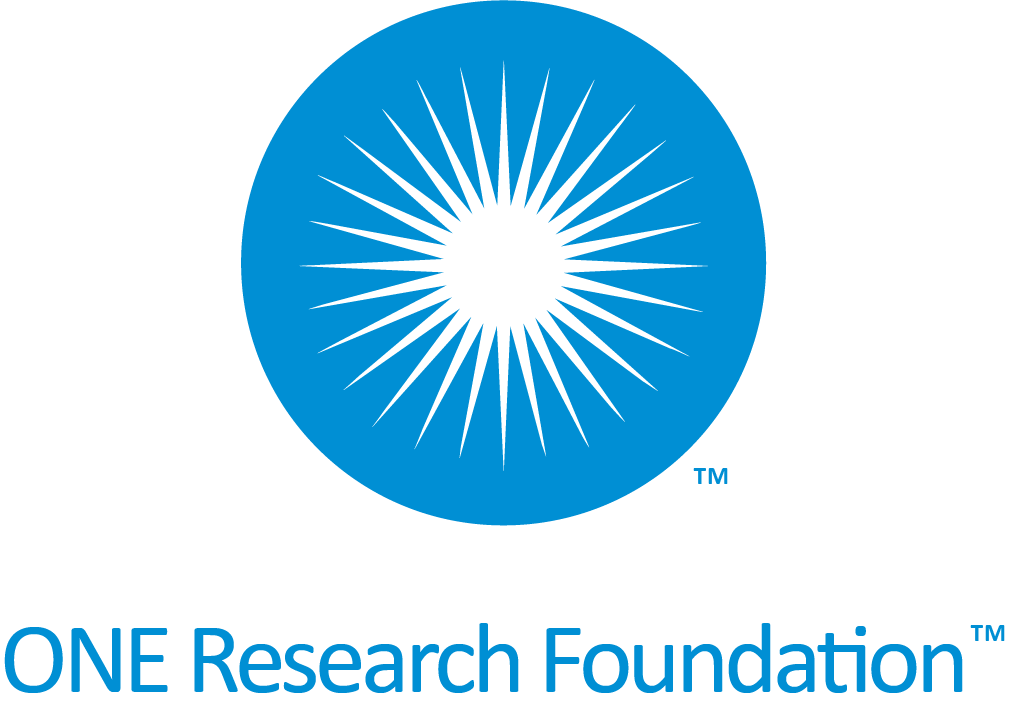Hypothyroidism
Hypothyroidism: A New Model for Conservative Management in Two Cases
Peter Bablis and Henry Pollard
Chiropractic Journal of Australia 2004; 34: 11-18
Abstract:
Objective:
To review the function, anatomy, physiology, development , hormone synthesis, and dysfunction of the thyroid gland. Treatment options are discussed, and 2 case studies of a mind-body therapy (Neuro-Emotional Technique-NET) successfully managing hypothyroid dysfunction are presented.
Data Sources:
MEDLINE search using Keywords: thyroid, synthesis, development, antatomy, physiology, hyperthyroidism and hypothyroidism.
Data Selection:
Eight-five papers fit the key words and were selected based on relevance to the topic. Papers were selected that contained relevant information on normal and abnormal thyroid function and its management. Data extraction: Selected papers had to contain information that directly related to the diagnosis, anatomy, physiology, and management of hypothyroid conditions. Papers were also selected that described a possible neurophysiological mechanism for the observed treatment effects.
Data Synthesis:
Objective measures of a new mind-body approach to hypothyroid dysfunction are presented, and its relevance to the biopsychosocial model is discussed. This new treatment is compared to the existing biomedical approaches to treatment. Conclusions: Thyroid dysfunction has been effectively treated with medicine for many years. This paper presents a new therapy that produced objective pre-post changes to hypothyroid dysfunction in 2 cases. This therapy may have potential in future circumstances, with further research recommended to confirm its reliability /validity.
INDEX TERMS (MeSH): Chiropractic; Psychology; Thyroid Gland.
(Other): Biopsychosocial Model; Treatment.





